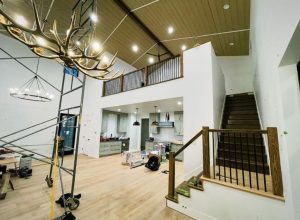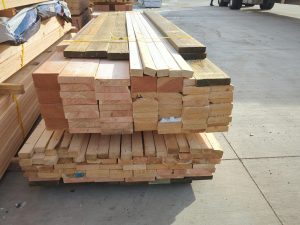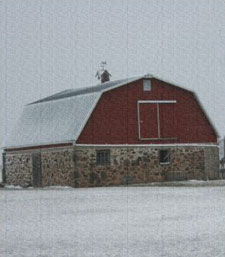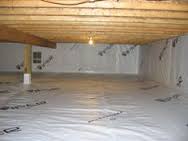
While doing research for a recent post on pressure treated lumber for pole buildings in Hawaii, I stumbled across a YouTube video entitled, “Think Twice before Using Pressure Treated Lumber for a stairway”.
The maker of the video purports to have decades of construction experience and is based in Southern California. The video is specifically directed at exterior stairs, which would be exposed to the weather. His basic premise is, it never rains in California (sounds like a 1972 Albert Hammonds song title to me), and therefore the expense of the pressure treated wood stairs is not worth the potential benefit.
Under attack from viewer posts, the video maker tries to backpedal with, “pressure-treated lumber does not work better than untreated lumber, under certain conditions (excessive moisture and poor maintenance)” and, “I’ve seen stairways built with and without pressure-treated lumber, along with their poor design and construction that realistically wouldn’t have lasted much longer, with either material.”
I can’t imagine an excessive moisture condition where untreated wood would outperform pressure treated wood, unless the untreated wood was a naturally decay resistant species, such as redwood (which would likely be more expensive than treated lumber). As far as poor design, poor construction and/or poor maintenance….while there is no cure for stupid, none of these three factors reinforce the argument to not use pressure treated wood stairs.
Now a detailed analysis of the real cost of materials: assuming a rise of nine feet (typical for a single story). Materials for stringers, strongbacks and treads will include approximately 204 board feet of lumber. Based upon today’s price at The Home Depot® for 16 foot long 2×12, the difference in retail price is $135 per thousand board feet (less than $30 in the above example).
Suppose proper maintenance of an exterior set of stairs includes using a water repellant sealer (I’d certainly recommend it). I know my time to even apply the sealer initially is worth more than $30!
From personal experience, I have an exterior set of stairs on my pole barn at home. Constructed in 1994, last year I had to have over half of the 2×6 Redwood treads (yes – naturally decay resistant Redwood) replaced because they had signs of rot or other weather deterioration which made them unsafe! Pressure preservative treated wood, would have saved me the expense.
In the end, I have to call bogus on the opinions of the author of the video. In my humble opinion, any exterior wooden stairs should be constructed with pressure treated lumber. Play it safe, don’t risk potential failures or injuries due to trying to be chintzy and save less than the cost of a cheap date for two.










I have a 2 story apt building and I am looking to replace the staircases to the upstairs unit. there is a 6’x6′ top area at the entrance and the rise is about 9-10 ft vertical from the ground. it is in Oklahoma. what would a good price be to replace the stair case for labor and material. Seems fairly simple. I ask because I am in California and I know I could get this done in a day for about 700.00 with me paying for material and hiring labor. I have no idea what a contractor would charge and for what they’d charge.
Deric ~
Without exact information as to difference in heights between landings, width of stairs, handrails, and photos of the existing stairwell, it would be impossible for me to even be able to guess as to the cost of materials. Given the cost of both materials and labor is so much higher in California than Oklahoma, if you can get the work done in California for $700, it should be even less expensive in Oklahoma. If you do not know of contractors where the apartment is located, you might try posting what you need done on Craigslist. I’ve done so for smaller projects myself, with good results.